We recently connected with Heidi Schwegler and have shared our conversation below.
Heidi, thanks for taking the time to share your stories with us today Earning a full time living from one’s creative career can be incredibly difficult. Have you been able to do so and if so, can you share some of the key parts of your journey and any important advice or lessons that might help creatives who haven’t been able to yet?
Since it’s rare for a sculptor to earn a full time living from their studio work, I’ve always embraced the notion of teaching as a form of patronage. I sell my studio work but I never wanted to rely on that to financially survive. In graduate school I knew the academic institution would be my patron as I focused on more conceptual work free from the constraints of the commercial market. Because of this I either managed one of the art studios or taught throughout graduate school which not only gave me marketable experience but paid for my education. As soon as I graduated I was offered a studio manager position at Oregon College of Art and Craft (OCAC) along with a few community education courses. The beauty of being an artist who teaches art for a living is that you never leave that space of creative engagement. During my time at OCAC I was dedicated to blending a career that included a studio practice as a professional artist and teaching as a professional educator. In 2018, I moved to Yucca Valley, CA and knowing that it would likely be impossible to find a job there, I built the Yucca Valley Material Lab (YVML). As a non-profit artist residency and workshop program that supports the engagement of new material with wild abandon, YVML in a sense has become my new patron. Over the past five years I am proud that the program has expanded by adding a recording studio and a micro gallery housed in a decommissioned water tower (Lazy Eye Gallery). Parallel to this endeavor, I have also built a wonderful private studio just steps away from the public program which allows me to continue to weave together my life as an artist, instructor and administrator.
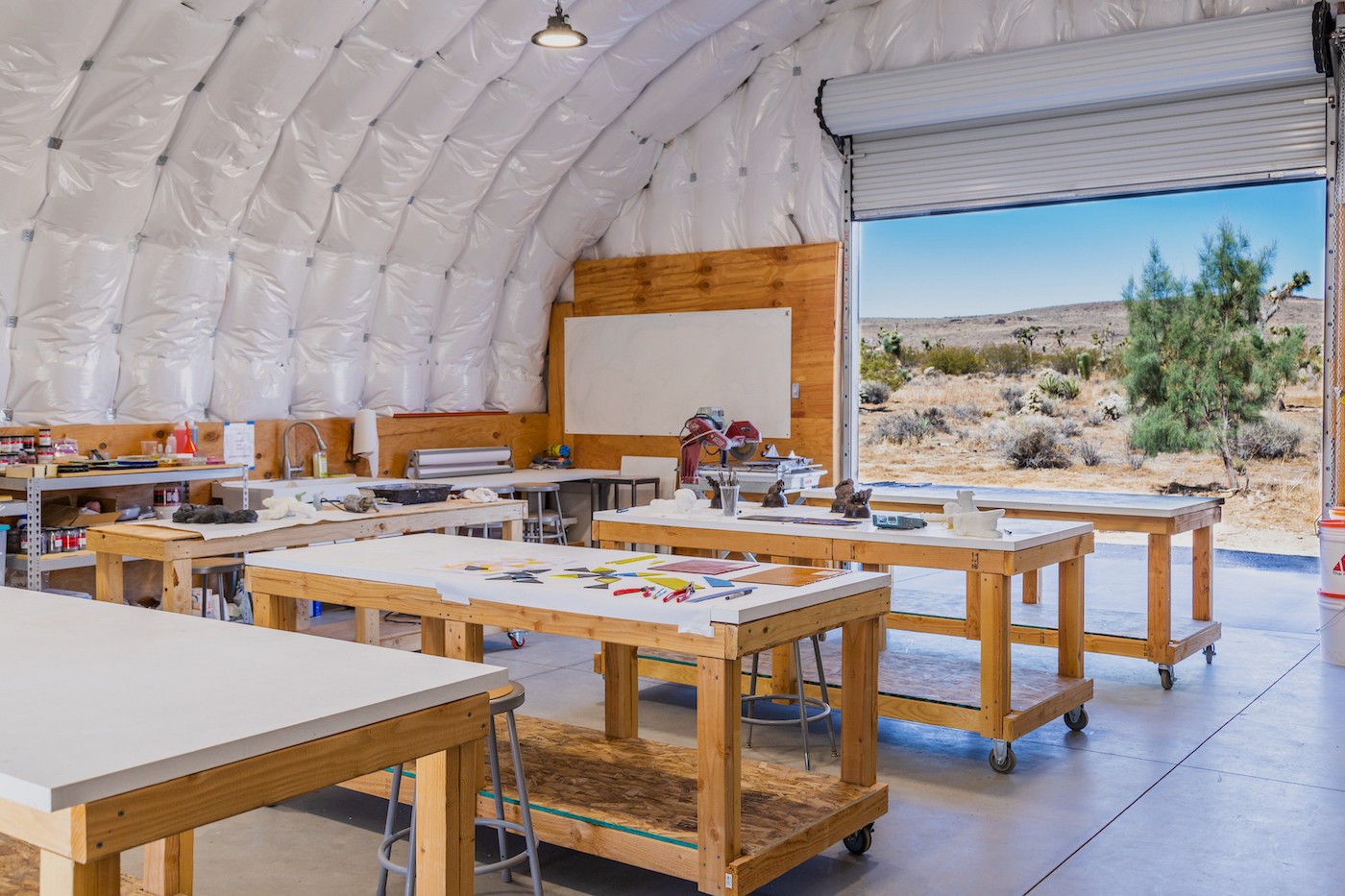
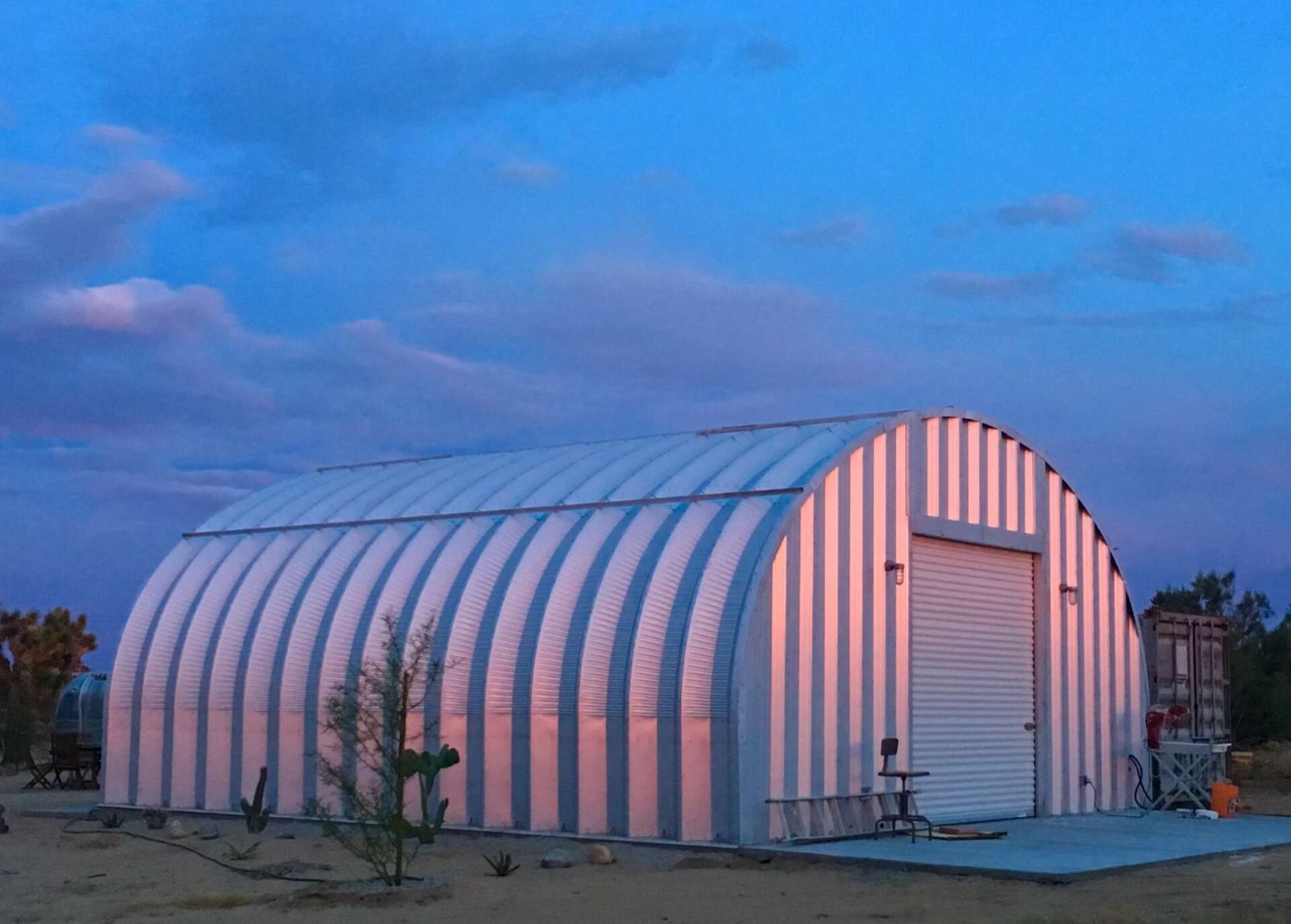
As always, we appreciate you sharing your insights and we’ve got a few more questions for you, but before we get to all of that can you take a minute to introduce yourself and give our readers some of your back background and context?
I woke up one morning in 2018 and suddenly realized that I had been in Portland, OR teaching for nearly 20 years! Feeling a sense of urgency, I knew it was time to mix things up, change the scenery and step away from higher ed. So in an extremely impulsive move (literally in the span of about 24 hours) my husband and I quit our careers and moved to the Mojave Desert.
We now live in a 1950 cinder block ranch on 2 acres in Yucca Mesa, which is right next to Joshua Tree, CA. The dirt roads are bumpy, the heat and the force of the winds are very real and the flora and fauna are doing everything they can to survive. It is a complete 180 from the Pacific Northwest and I absolutely love it here. Our location is rural so I knew that if I didn’t bring the people to me I would become a complete recluse, so I began writing the business plan for Yucca Valley Material Lab (YVML), an artist residency and workshop program that would be located in a Quonset hut that I had built on our property.
The program just received 501(c)3 status in 2022 and offers residencies, internships, workshops and a variety of public events. Artist residencies last two weeks and include lodging, full access to the Lab, technical assistance and opportunities for community engagement. The range of workshops is vast and includes techniques such as neon, bronze foundry casting, glass casting and welding. YVML also has a reputation as being a venue for very special musicians and performers. We’ve recently hosted Senyawa from Indonesia, Les Filles de Illighadad from Niger and Marshall Trammell from the Bay area. The past twenty years of being an artist, instructor and administrator have all come together to bring me this magical life based in this gorgeous desert.
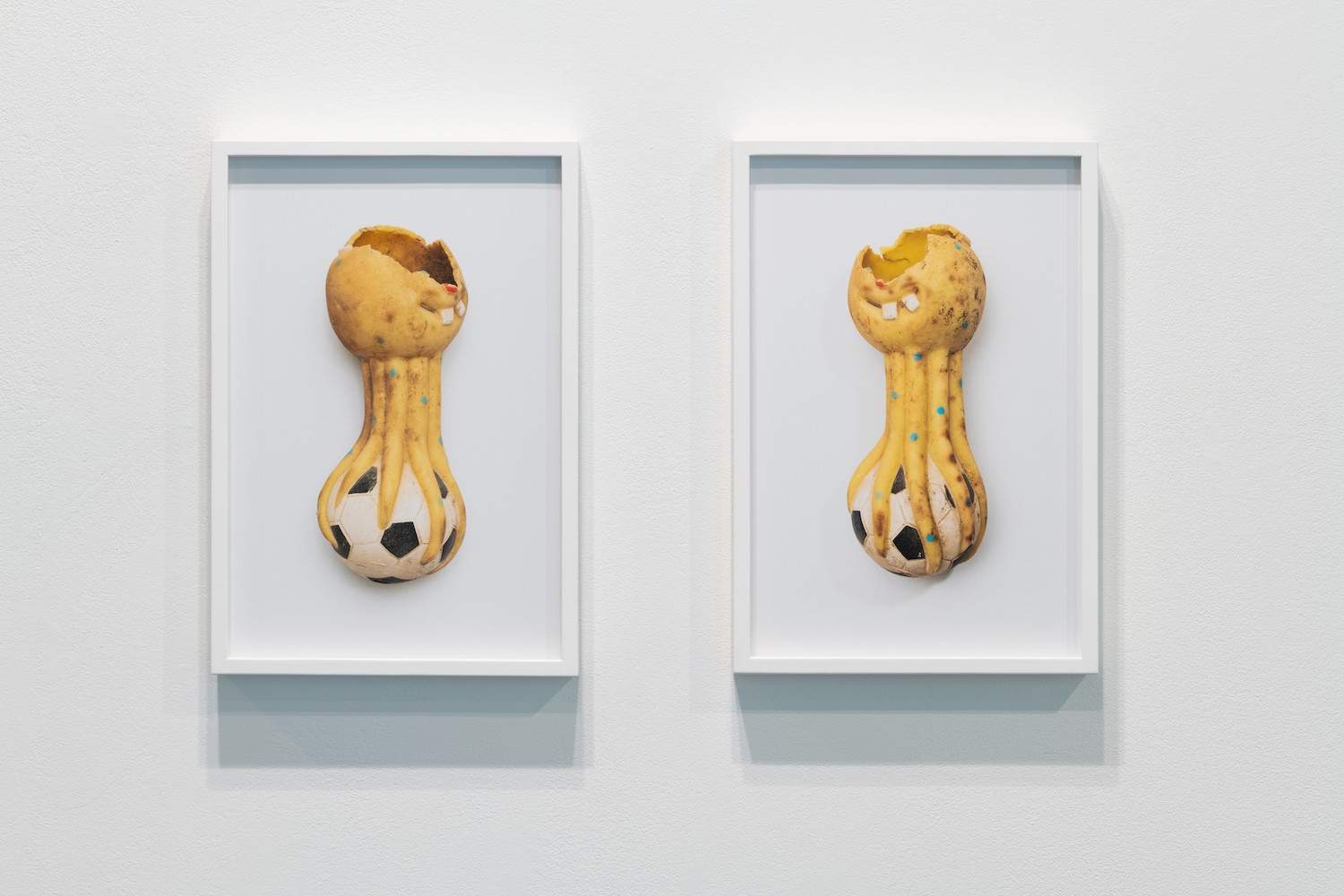
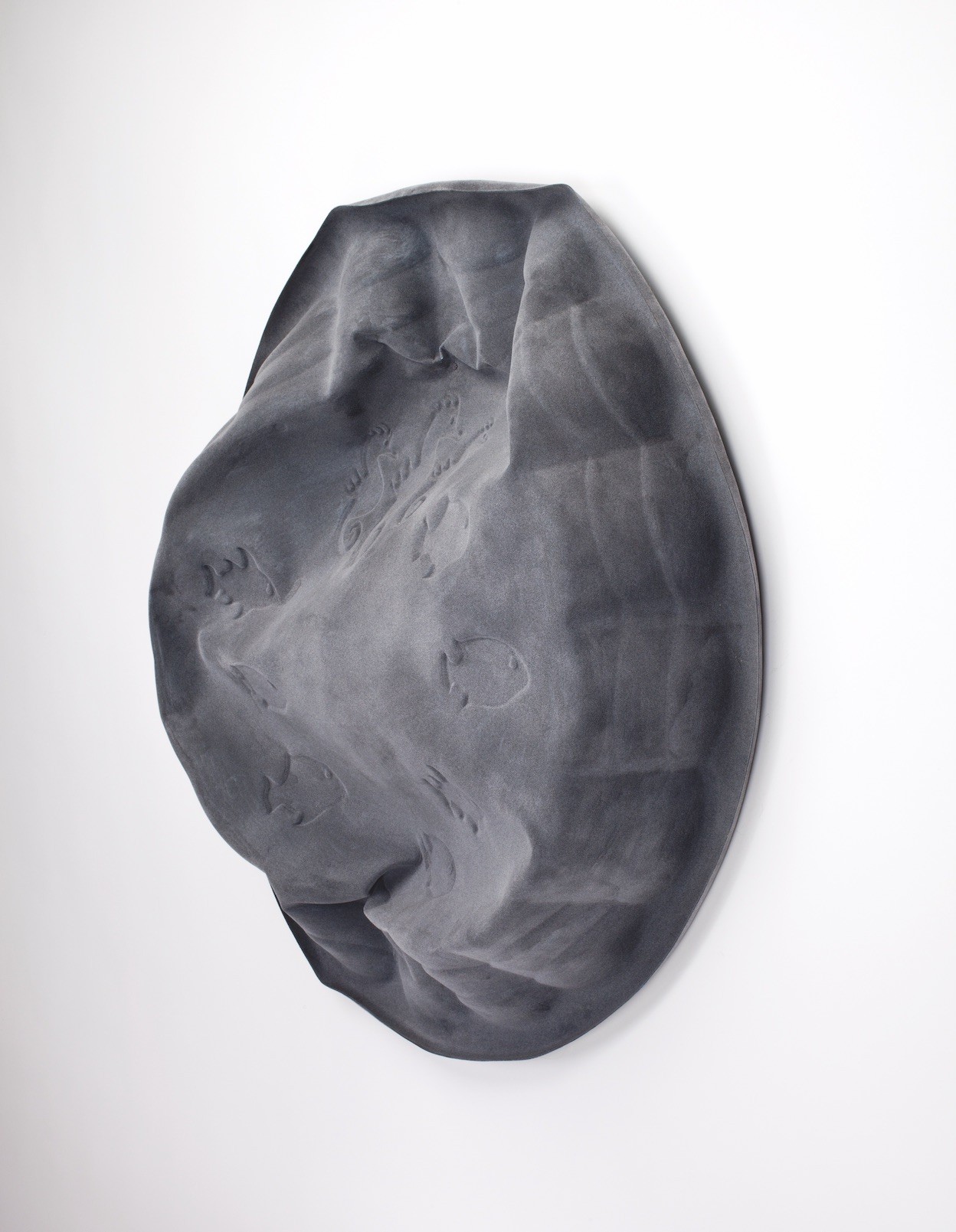

We’d love to hear a story of resilience from your journey.
I had completely romanticized the notion of starting over, of having an opportunity to redefine who I am and to meet all of the challenges that come with moving to a completely different ecology and community. All of that has been incredible, but it has also been one of the most difficult things I’ve ever done. The weather here is extreme, and even though I absolutely love the heat, the Santa Ana winds are relentless. The lack of water and the heat also create an ecology in which everything is just trying to survive: the flora, the fauna and even significant parts of our community. If I hadn’t started a public facing program, tapping into a new social community would have been a much slower process. Thankfully YVML and my newest endeavor, Lazy Eye Gallery, has instantly given me access to an overwhelming number of amazing and creative people. There are so many artists out here, and because our population is still relatively small, it is a tight knit community. Everyone is clearly here to help and support one another.
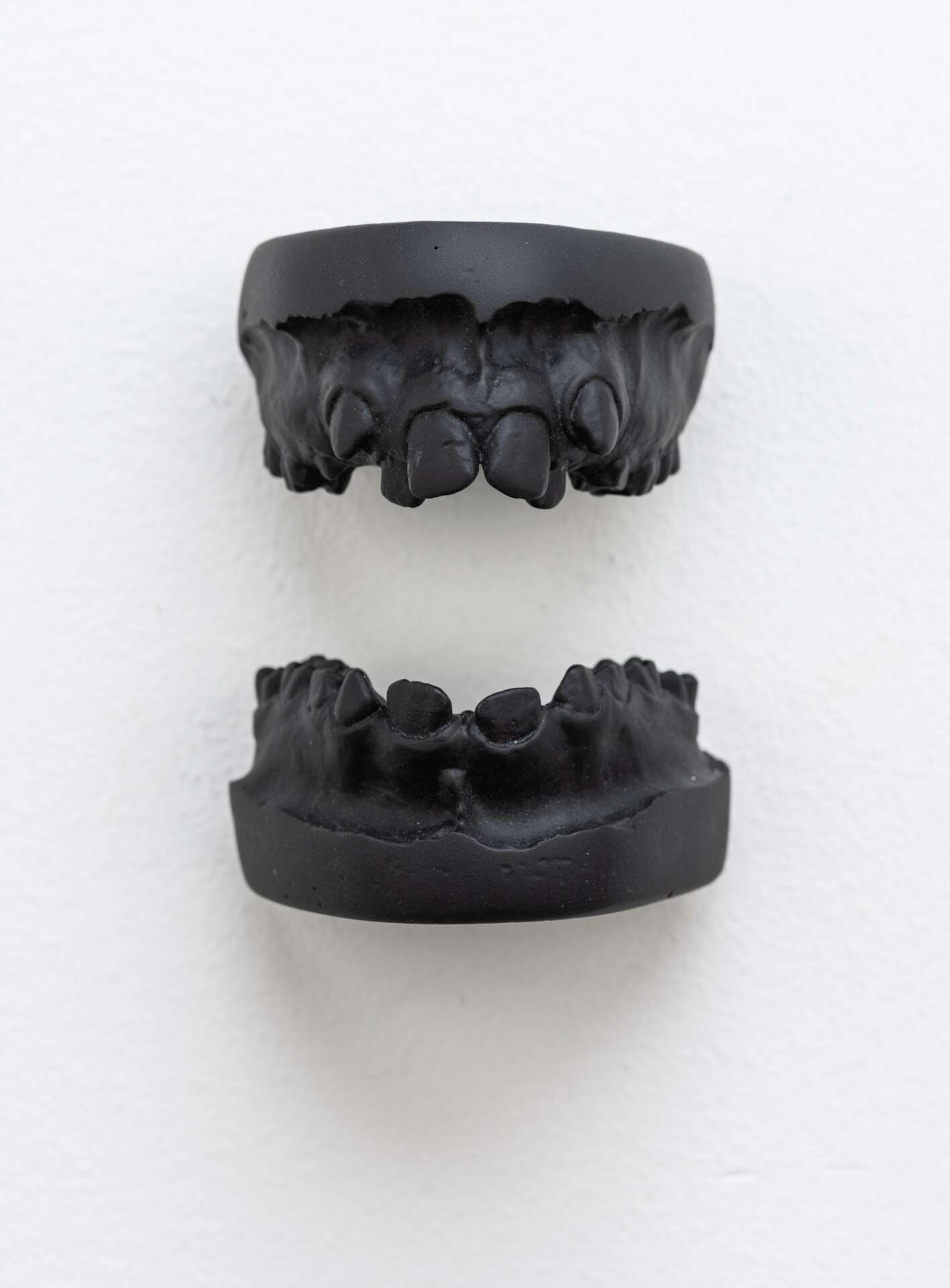
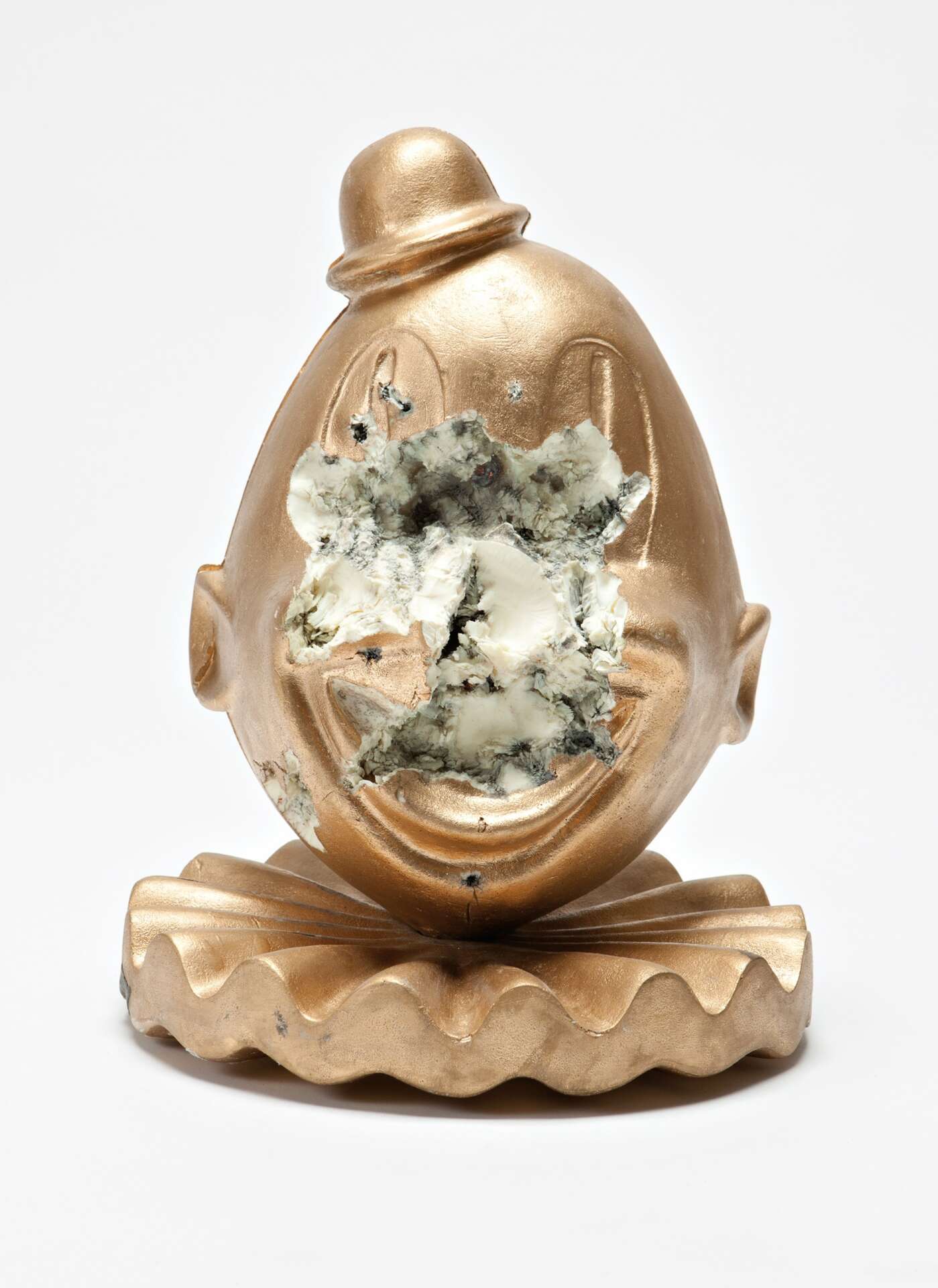
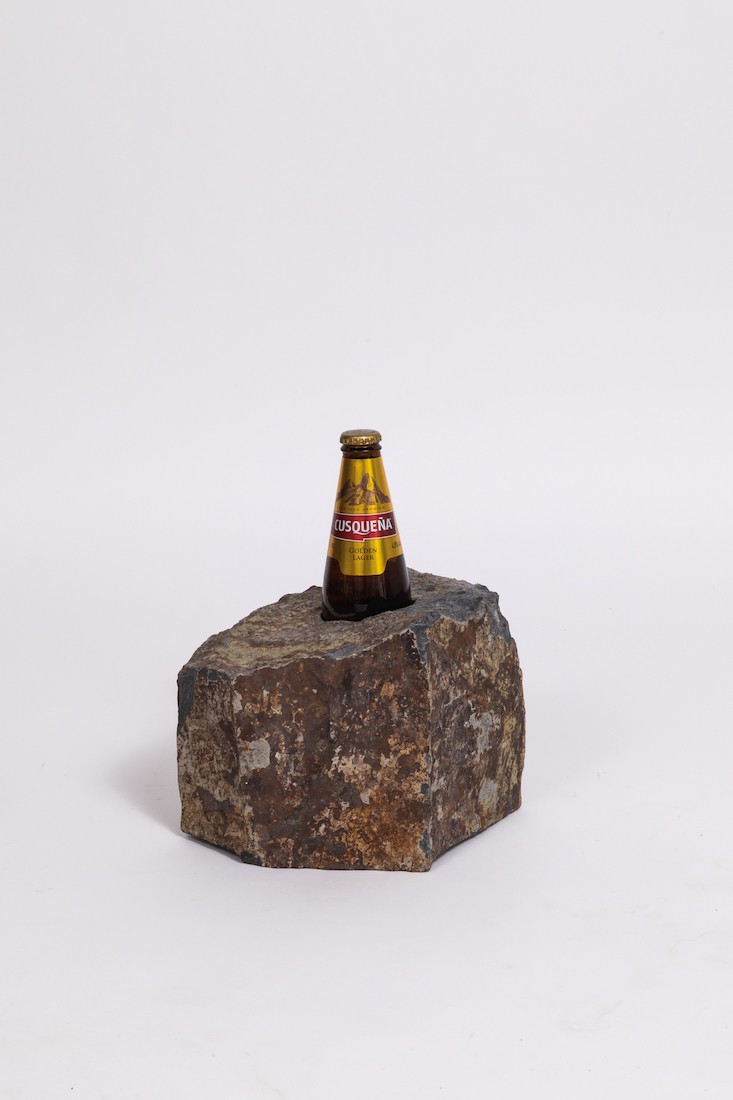
Is there mission driving your creative journey?
I certainly wasn’t born with a mission although I’ve always been a hard worker. Being able to verbally articulate what my goals are a constant work in progress: never be static, never settle, never stop learning. In 2009, after eleven years maintaining a studio practice and full-time teaching position, my studio was feeling claustrophobic, my connection to the work was distant and my community felt limited. I had a strong desire for expansion—to step out of the vacuum and engage in something new and unexpected. I suddenly hit on the notion that I needed to begin living my research, not reading about someone else’s thoughts and experiences. So I left. After 28,000 miles of travel and four residencies I became reacquainted with myself and discovered that I have an affinity for the ruin, non-sites and discarded objects.
Since 2018, my sculptural/installation work has been focused solely on my immediate surroundings: the Mojave Desert. A combination of the Santa Ana winds and the ‘stickiness’ of the surrounding flora (cholla cactus, Joshua trees, yuccas and creosote) renders this location as a sort of eddy. I wander and rescue haphazardly disused scraps: packing foam, plastic grocery bags, Amazon prime boxes, broken signs, crumpled chain-link, shredded tires. Plastic, metal, fiber, and rubber: these materials decay but never decompose. Back in the studio I resynthesize these sources into facsimiles with cast glass, gold, silver, wax, resulting in investigations of overlapping ideas of mortality, consumption and coping mechanisms, often finding in them beauty and disquieting humor.
Contact Info:
- Website: www.heidischwegler.com
- Instagram: @heidi_schwegler
- Other: www.yvml.org


